
Articles are essential tools for sharing knowledge, offering insights, and telling stories that inform, inspire, and connect ideas with readers. At VOKA, we invite you to explore insightful articles on 3D anatomy, VR/AR technologies, and medical training innovations.
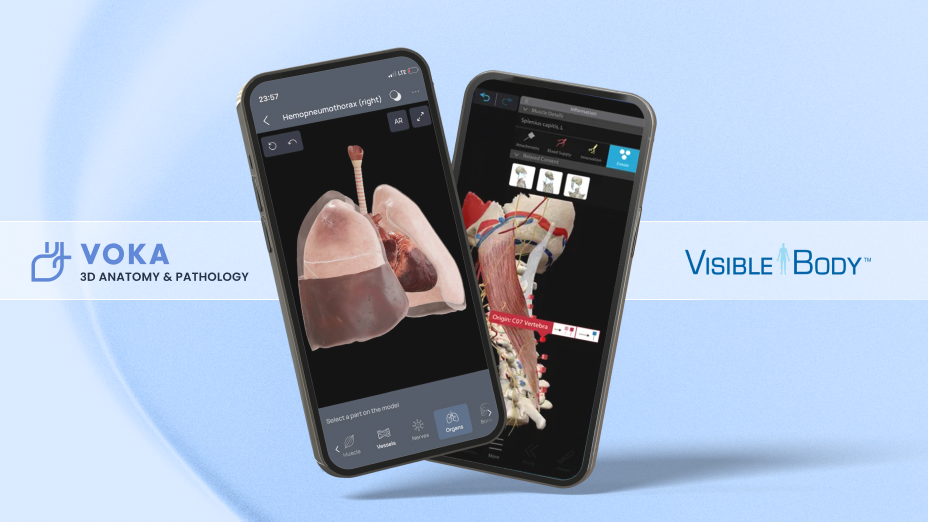
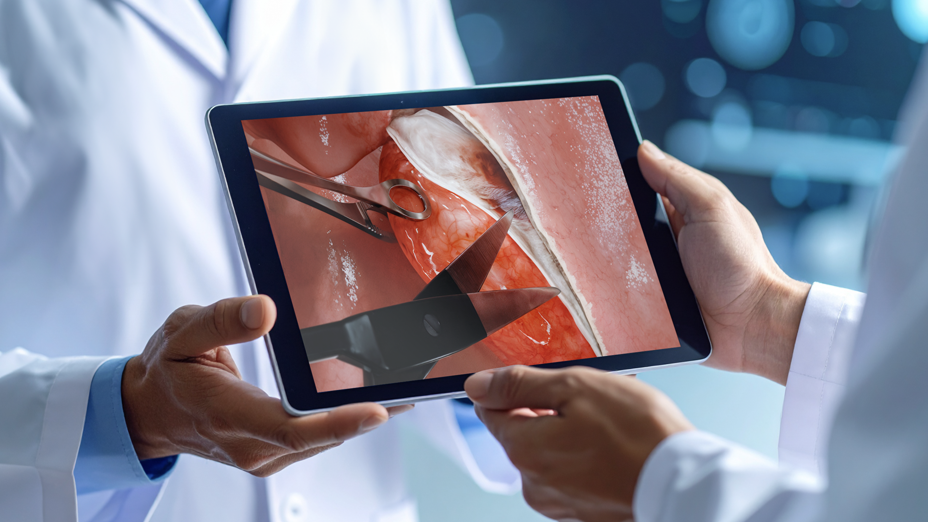
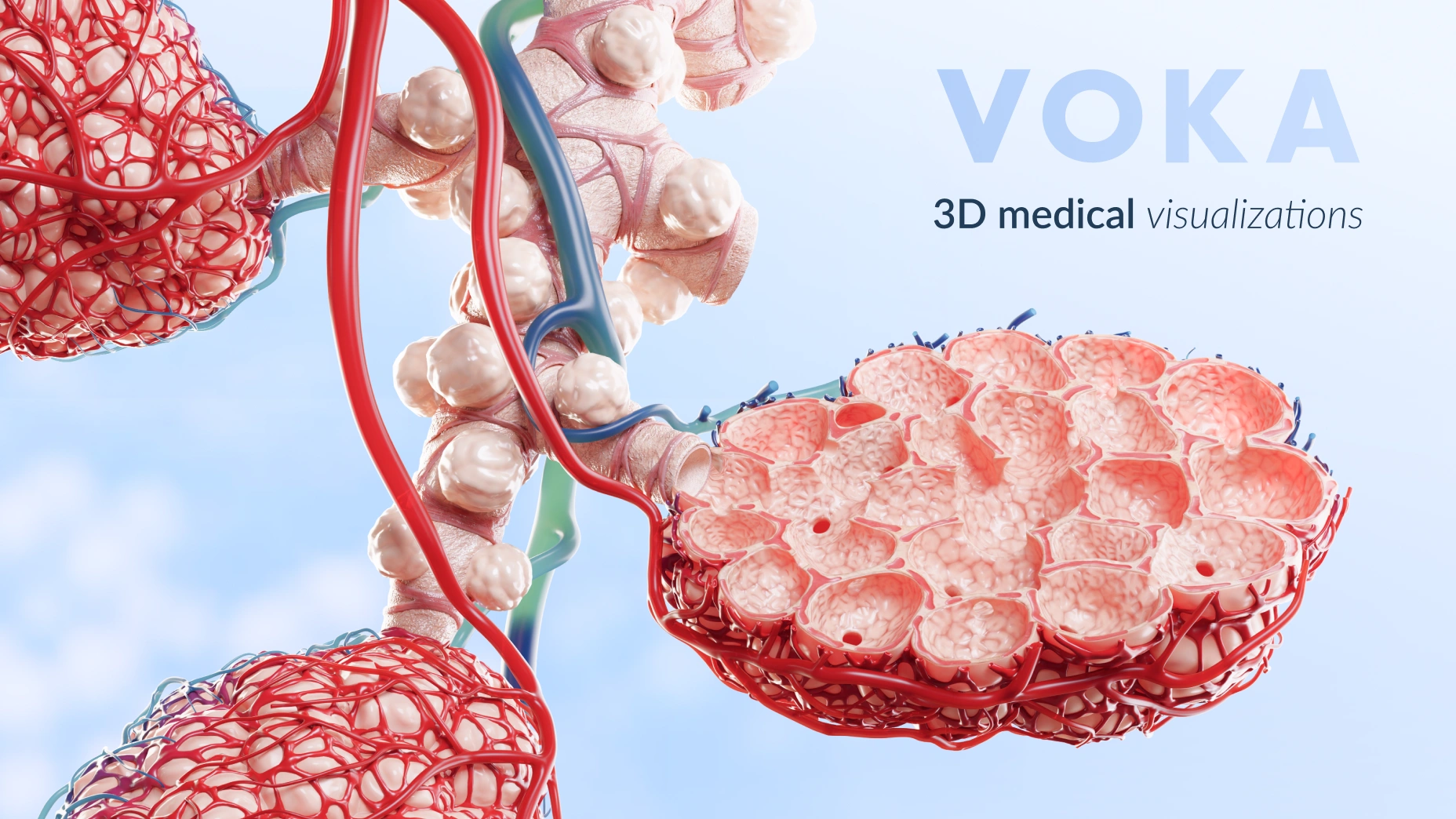
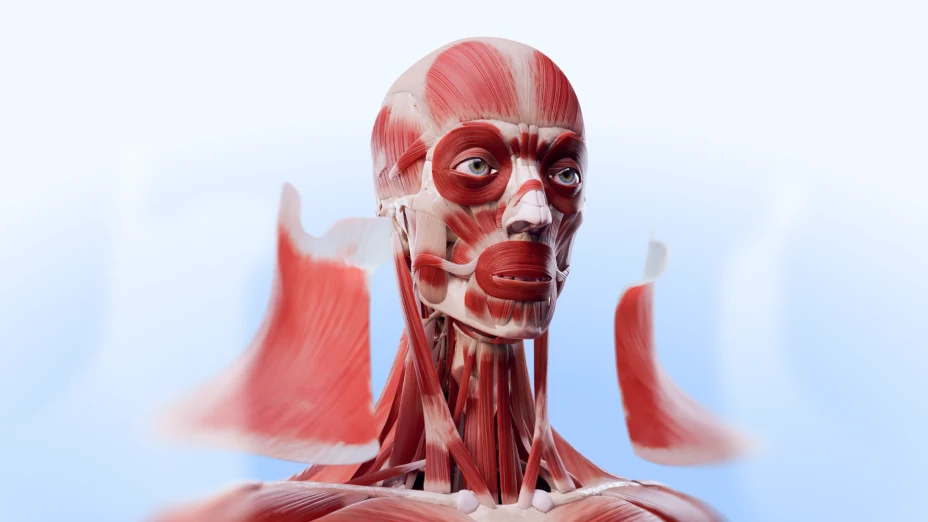
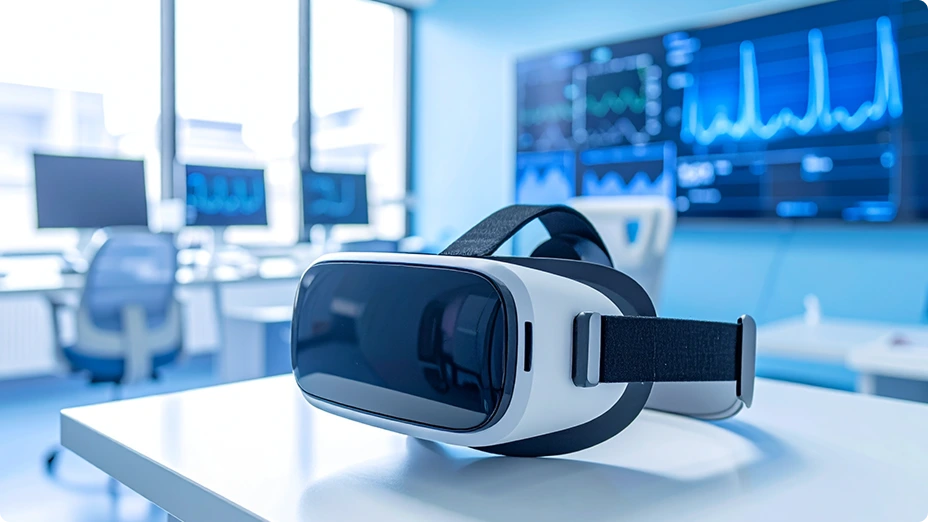

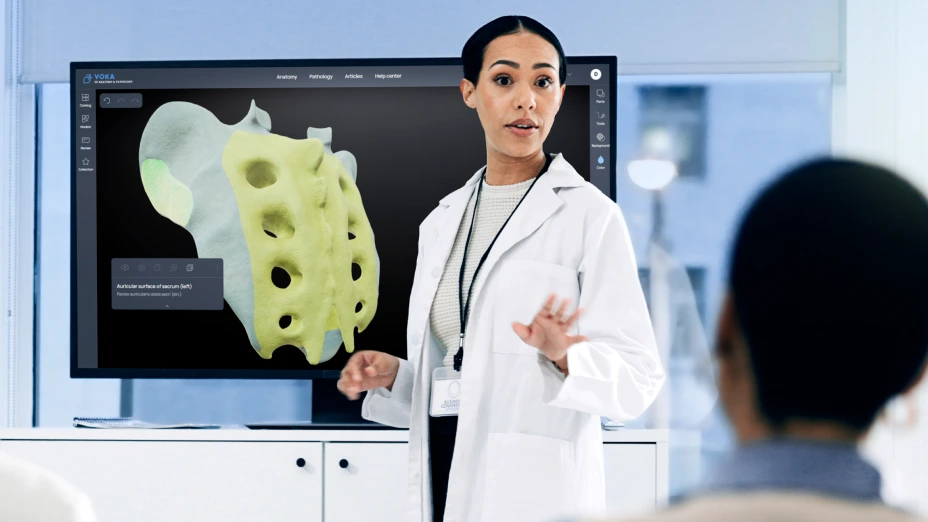

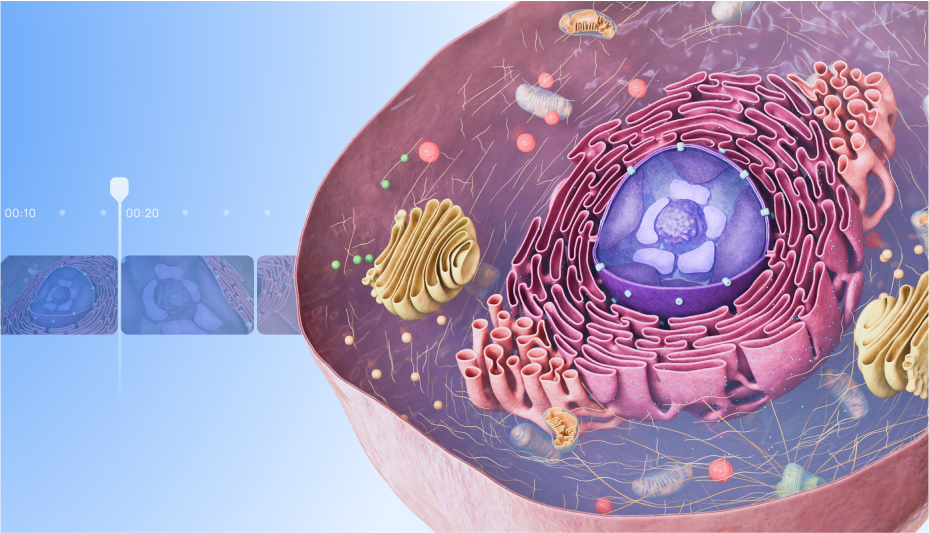

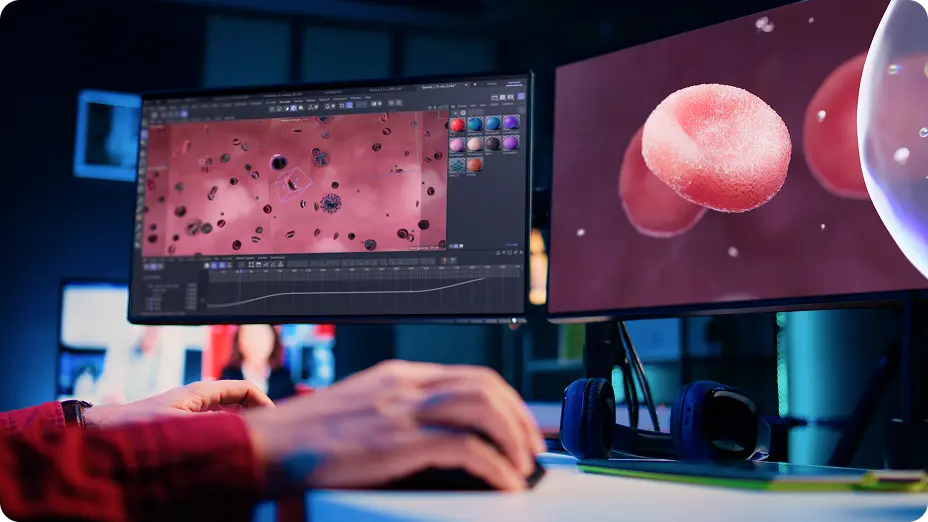


Fill out the form and we’ll get back to you once we’ve processed your request.
You can contact us using:
You can also contact us using info@voka.io